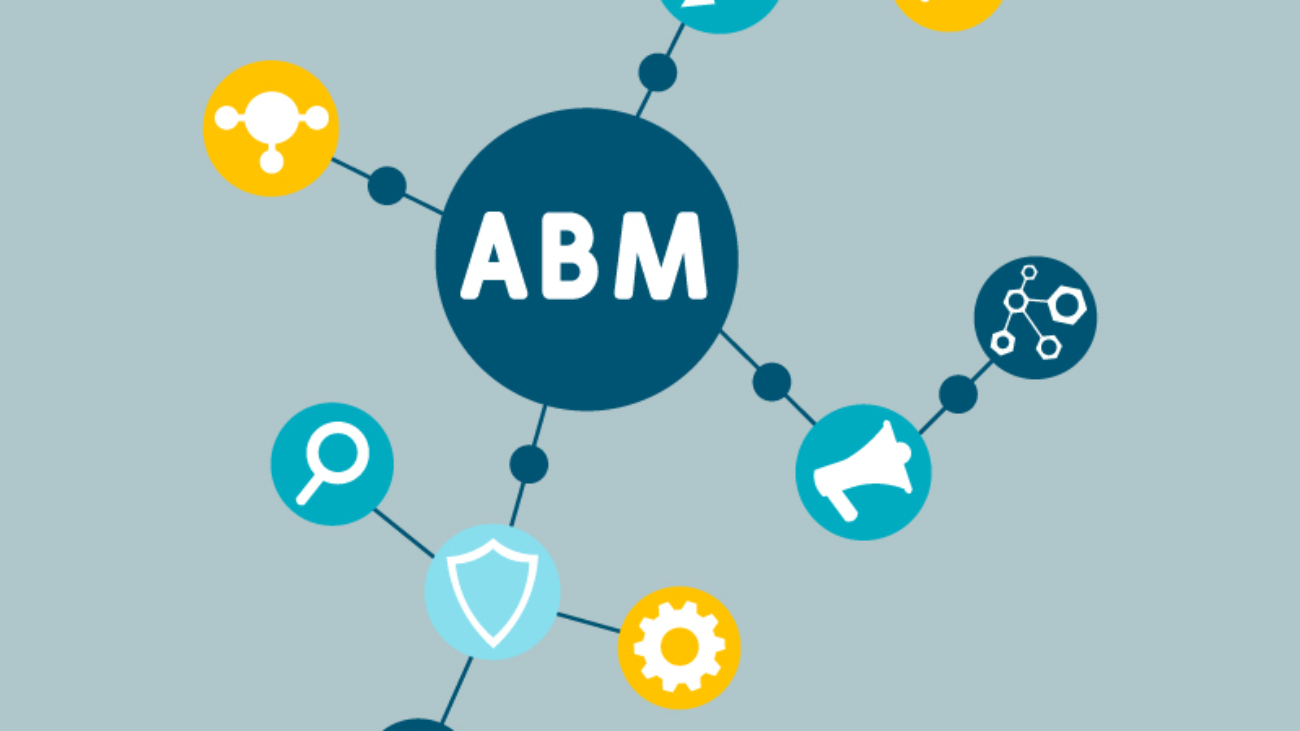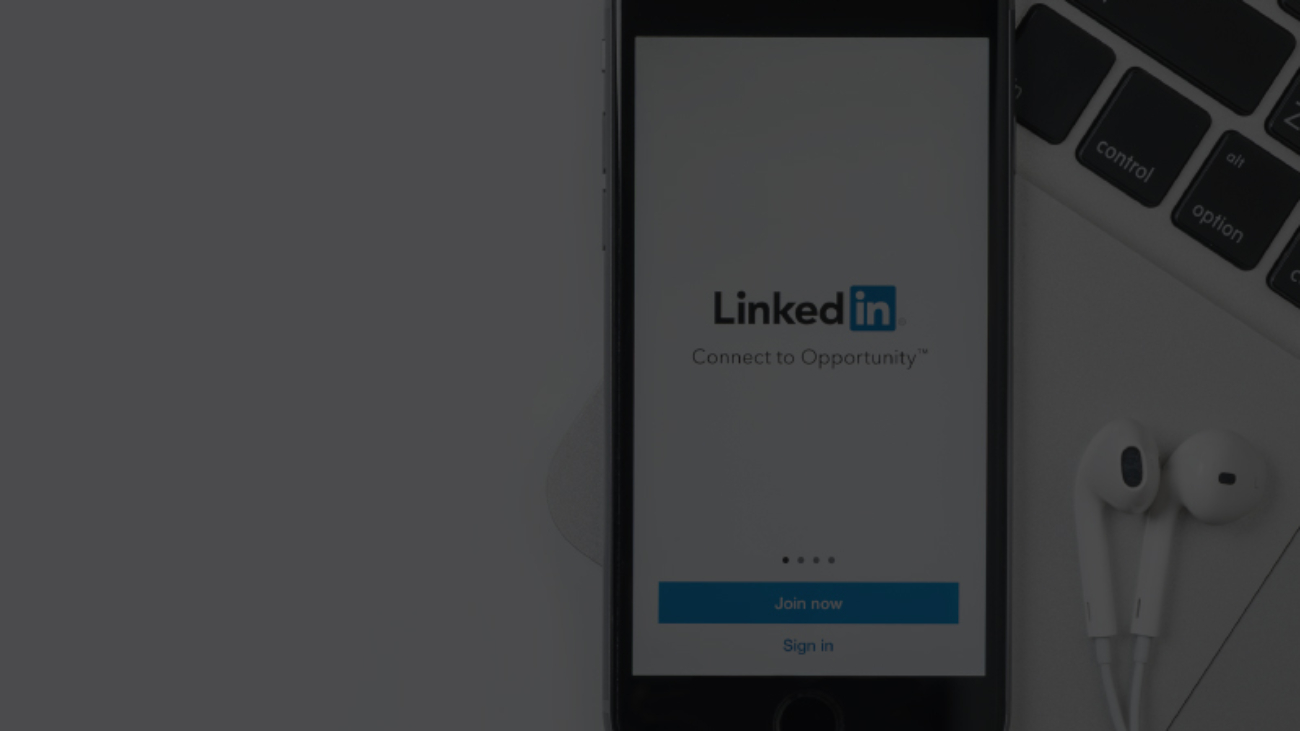B2B marketers use strong inbound and outbound marketing approaches to generate demand leads. The goal is to capture as many leads as possible by starting the funnel wide. Then sort through them to find out which are a good fit.
However, the challenge with these marketing strategies is that they can often bring in low-quality leads. They are unlikely to turn into paying customers. It can be very effective for B2B companies to execute Account Based Marketing. They can do it in addition to demand generation.
Account-based marketing tactics effectively drive opportunities to improve sales and marketing. Businesses that use ABM Campaigns experience higher sales win rates.
This blog discusses essential account-based marketing tactics that all B2B marketers should know.
Account-Based Marketing (ABM) Tactics for B2B Marketers
Build the ABM Team
Although the term has marketing in it, ABM is a collaborative strategy. It needs the cooperation and participation of team members across the company. Below are the essential stakeholders businesses have to include in the ABM team.
- Account Leader
- Lead Marketer
- Strategic Advisor
- Sales Expert
- Support Executive
- Customer Success Representative
Align sales and marketing
ABM saves costs and resources by directing attention to the right targets. It is one of the most beneficial aspects of ABM compared to traditional funnel marketing.
Marketers should align sales and marketing to boost pipeline velocity. It will help provide personalized services and content based on the profiles of the target audience. Businesses also can allot the budget accordingly.
The four main stages of the bottom line of ABM strategy are:
- Identifying accounts
- Reaching the target accounts
- Closing the deal with the target accounts
- Widening the sales base nurturing relationship with the accounts
To achieve these objectives, pose the below question to the sales and marketing teams. It will make sure the efforts are aligned.
- Who should be the point of contact for each account?
- Which type of content is most effective in captivating and satisfying the accounts?
- Which channel is most preferable for distributing content to the accounts?
- What is the sales representative’s role in attracting accounts and the marketer’s in engaging them?
Customize the content marketing efforts and make personalized offers. Also, the content should cater to the requirements of individual accounts.
Use social intelligence to find out what matters to prospects
Personalizing communications based on an account’s current initiatives and challenges is a fundamental principle of account-based marketing. Smart vendors actively track changes and trigger events within their target accounts. It will help to stay in sync with evolving companies.
One practical approach is subscribing to public information services such as Google Alerts, which provides valuable insights into the happenings at a company level. Additionally, monitoring social activity proves to be a useful tactic.
Unlike PR-focused articles and press releases, social data holds immense value within the account-based marketing approach. Organizations must maintain an agile mindset when developing a program, promptly redirecting or revising their messages upon discovering new information. Sales applications designed for enterprise-level social intelligence, such as InsideView or LinkedIn, can significantly enhance performance.
Measure the success of ABM strategy regularly
Continual monitoring and analysis of key performance indicators (KPIs) and metrics at regular intervals are essential in assessing the effectiveness of account-based marketing (ABM) tactics. This process refines the ABM strategies and accurately evaluates the overall success rate of the ABM campaigns.
To measure ABM’s success, watch the following metrics:
- Account penetration
- Deals closed
- Account engagement
- Time taken from deal creation to closure
- Percent of deals closed
- New revenue generated
When preparing the report, ensure to segment it to facilitate convenient analysis, repurposing, and future use.
Summing Up
The importance of effective ABM tactics must be balanced, particularly when aligned with a robust strategy. Although businesses may employ multiple tactics to execute the ABM strategy, ensuring that each tactic complements the others is crucial. Thus, it delivers a highly personalized experience for the prospects.
To accomplish this, it is necessary to use a range of solutions that will facilitate the implementation of the tactics and optimize the ROI.










